Though feature films often dominate the conversation at the Sundance Film Festival, the smart filmgoer pays just as close attention to the shorts, many of which are turned into features after attracting attention on the festival circuit. Director Rhys Ernst’s short film The Thing was one of the most exciting shorts I saw at the festival this past weekend. Afterwards, I spoke with Ernst about how the film came to be, a pivotal road trip he took, and his thoughts on trans representation in cinema.
Describe what your short is about?
The Thing is about a couple –a woman and a transgendered man– who are traveling on a road trip with their cat towards a mysterious roadside attraction called “The Thing.” The closer and closer they’re getting toward their destination the further and further they’re getting from each other.
Where did the idea for the short come from?
Since I’m trans I certainly had a stake in putting that character out there. Obviously there’s a lack of trans men characters in film, but I didn’t want to make an identity film, I wanted to have the issue folded into a much larger narrative so it could appeal to all different kinds of audience members. I have gone on a lot of calamitous road trips and when I moved to LA from New York I brought my cat with me in the car.
Isn’t that sort of dangerous for a cat to travel that way?
The cat was okay. He was a little freaked out, but he was okay. My friend and I would sneak him into hotel rooms. It was so comic and strange it was one kernel for the film. The rest of it’s not particularly autobiographical – though I did grow up going on lots of road trips with my family. It’s so American – these tourist roadside attraction places. They’re these nice emblems of something that’s totally mysterious. More…



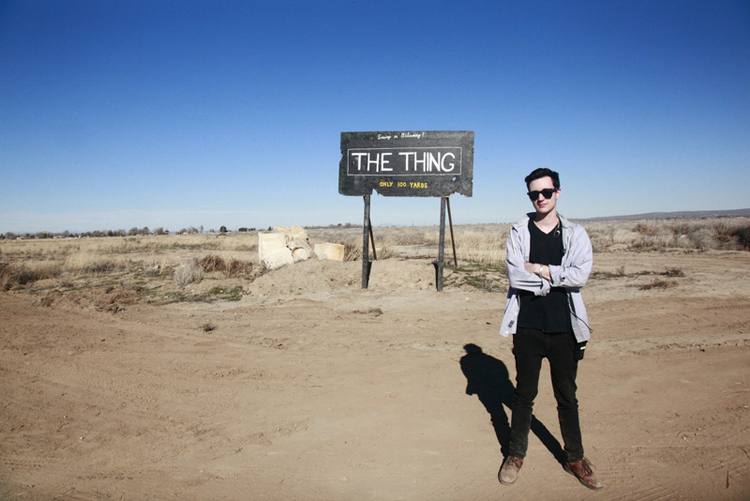
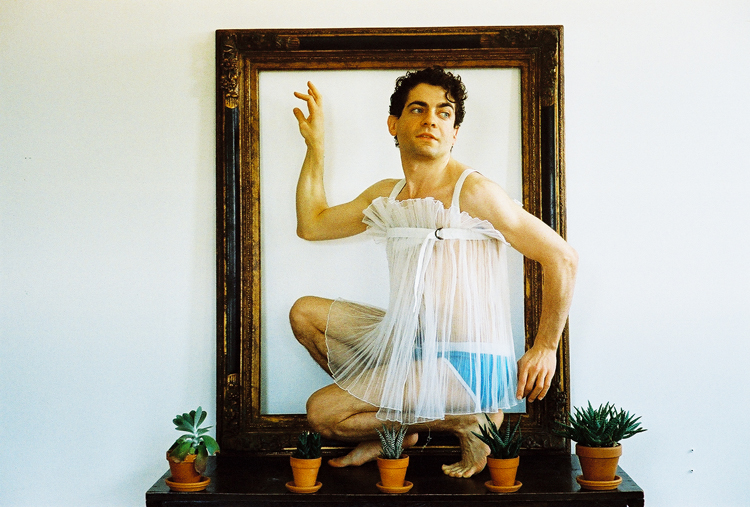
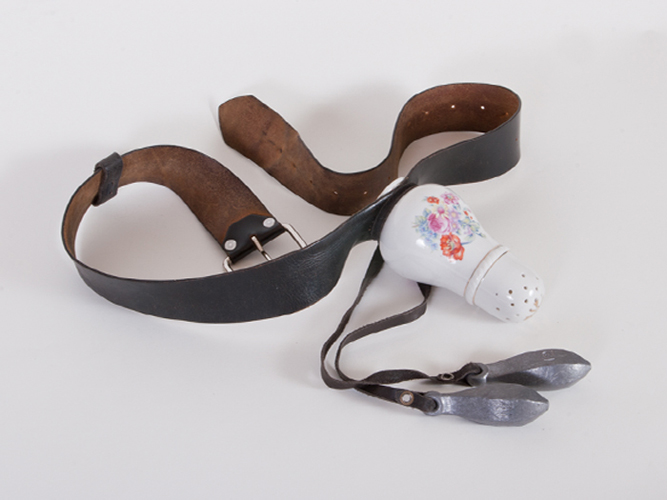
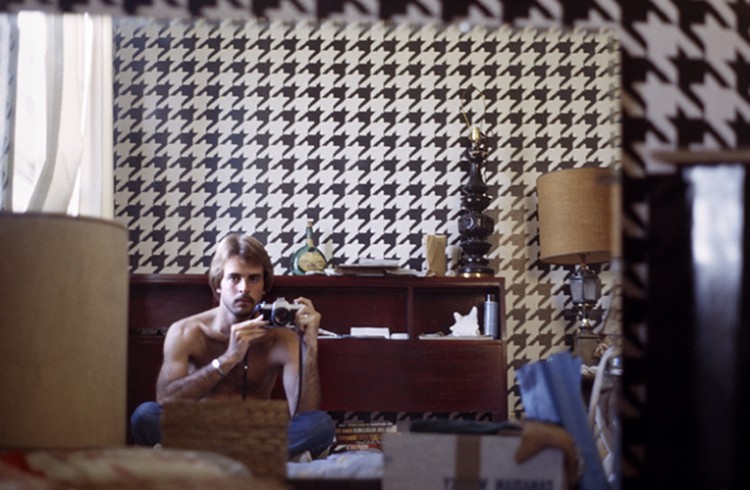
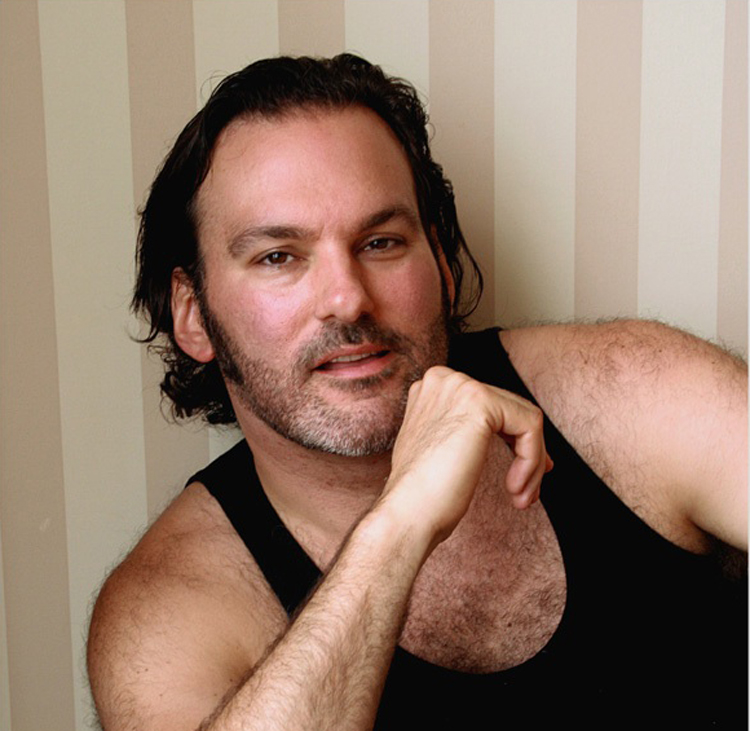 Michael Montlack’s witty narrative poetry and prose are filled with subjects familiar to anyone who grew up in an American suburb in the past forty years – girls lounging by swimming pools, Stevie Nicks songs blasting from a car radio, and parents and siblings alternately loving and hurtful. Yet Montlack offers so much insight and charm that these subjects don’t feel stale or trite. The poems in his latest collection, Cool Limbo deals with his upbringing, his family, and his life in New York after coming out of the closet in both satirical and tender ways. I met up with Montlack to discuss his process.
Michael Montlack’s witty narrative poetry and prose are filled with subjects familiar to anyone who grew up in an American suburb in the past forty years – girls lounging by swimming pools, Stevie Nicks songs blasting from a car radio, and parents and siblings alternately loving and hurtful. Yet Montlack offers so much insight and charm that these subjects don’t feel stale or trite. The poems in his latest collection, Cool Limbo deals with his upbringing, his family, and his life in New York after coming out of the closet in both satirical and tender ways. I met up with Montlack to discuss his process.